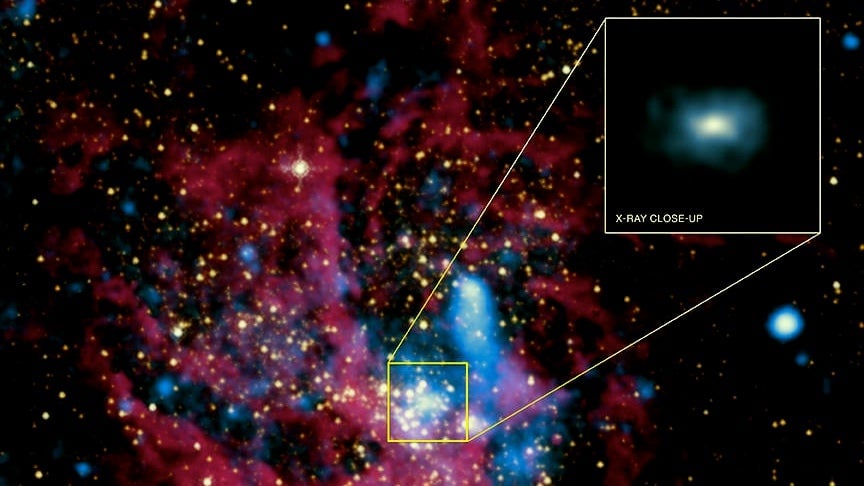Astrophysicists created a virtual worldwide observatory to photograph black holes in space
Black holes are invisible; they are places in space where gravity is so strong that nothing emerges from beyond. Not even light.


Black holes are invisible; they are places in space where gravity is so strong that nothing emerges from beyond. Not even light.
But scientists still want to try to see what they look like, so from April 5-14 this year, astronomers will try to glance at these absences and capture them on camera, focusing on the small black hole Sagittarius A in the Milky Way and a much larger one in the distant M87 galaxy. It’s an ambitious effort that involves eight observatories on four continents coordinating to create a virtual telescope almost as big as the Earth. They’re calling it the Event Horizon Telescope.
A black hole is an invisible place in space with an inordinate gravitational pull—perhaps better expressed as a no-space—where matter is compressed. NASA explains that even a tiny black hole as small as an atom can have the compressed mass matter of, say, an entire mountain. Because no light can get out, black holes can’t be seen directly but can be studied only through their impact on their environment.
Each observatory comprising the Event Horizon Telescope will try to simultaneously aim its scope at the same places in space and peer into those voids, collecting data. Then, the teams will sift through the images, looking at the surroundings of the black holes—for example, the interactions of stars nearby and gaseous emissions.
Understanding what happens immediately around black holes is a longstanding goal of astrophysicists, and could open a new window on the study of the general theory of relativity, the Event Horizon Telescope website says. But capturing what isn’t visible to begin with and is also very deep in space won’t be easy.
For the project to work, the weather will also have to cooperate. Scientists will need clear skies from Hawaii to the Andes, and from the Pyrenees to the South Pole. As EHT director Sheperd Doeleman, an astrophysicist at Harvard University, told Nature, “Everything has to be just right.” There are only about two weeks a year during which these observations can occur; whether the EHT team fails or succeeds this spring, scientists will keep on trying in years to come.
If conditions conspire with the scientists, they may indeed see something, though perhaps nothing pleasing or even comprehensible. After all, mystics and philosophers who’ve faced the void have warned that knowledge can have harsh consequences. As Friedrich Nietzsche put it: ”If you gaze long into an abyss, the abyss also gazes into you.”